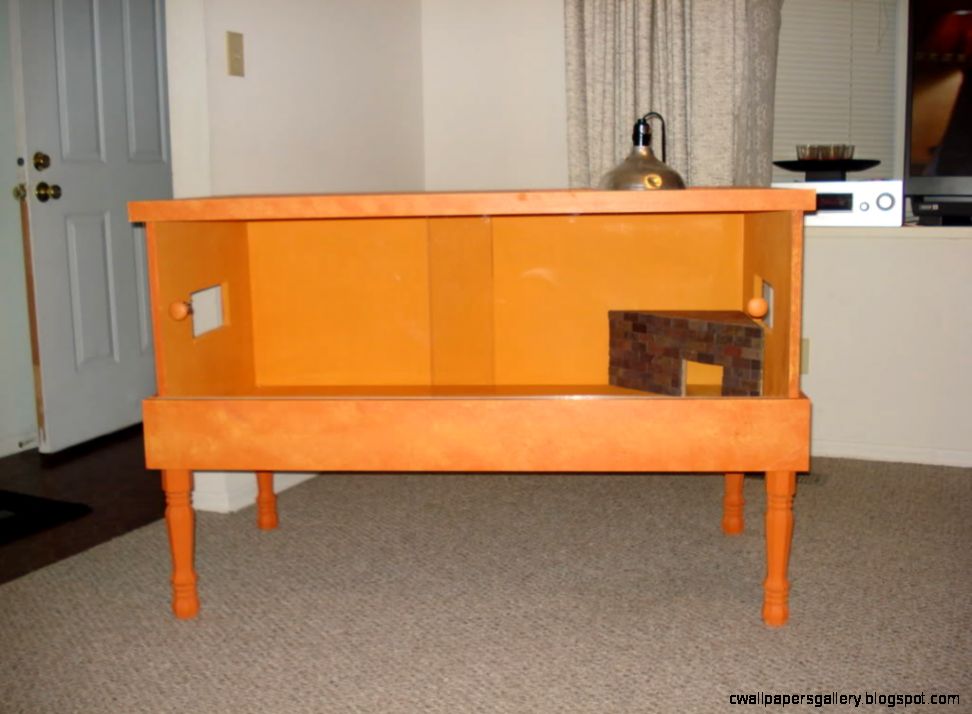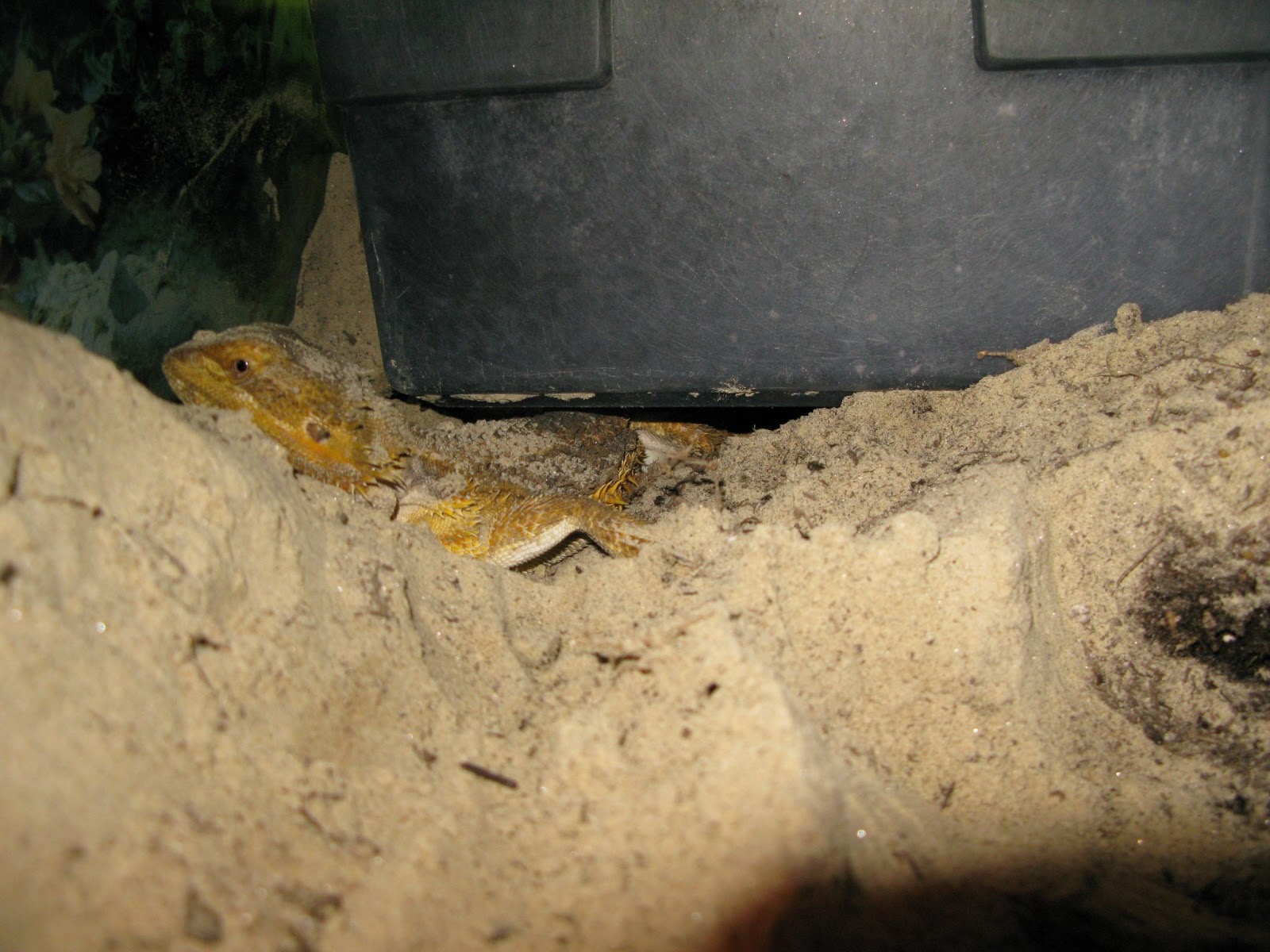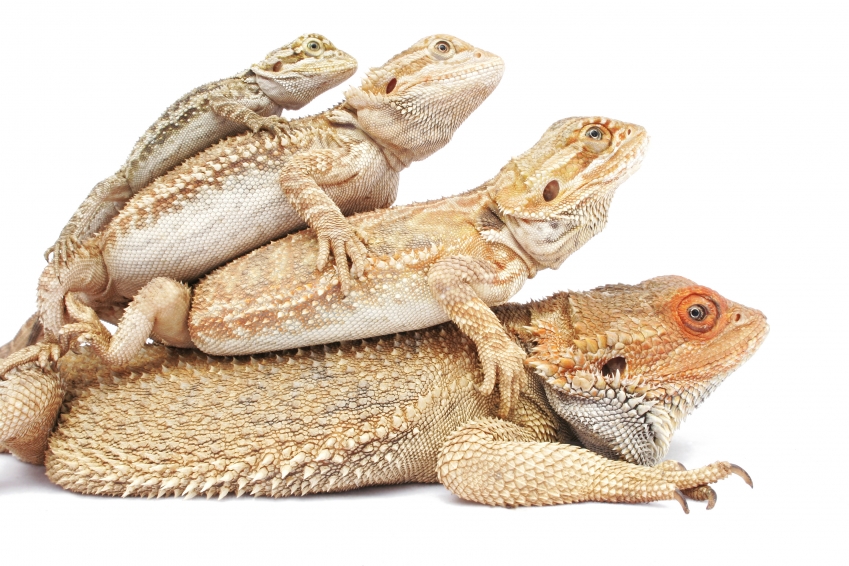The Ultimate Guide on How to Set Up Your Bearded Dragon Cage
Introduction
If you’re planning on getting a bearded dragon, one of the most important things you need to do is to set up their habitat. In order to keep your pet healthy and happy, it’s important to create a proper environment that mimics their natural surroundings. In this blog post, we’ll go over everything you need to know about setting up a bearded dragon cage, including the right size, lighting, temperature, and more.
Size of the Cage

The first thing you need to consider when setting up a bearded dragon cage is the size. A cage that is too small can cause stress and health problems for your pet. A general rule of thumb is that the cage should be at least 40 gallons for an adult bearded dragon, with a length of 36 inches, a height of 18 inches, and a width of 18 inches. If you have multiple bearded dragons, you will need a larger cage.
Lighting
Bearded dragons need specific lighting to help them digest food and to maintain healthy bones. You should use a UVB light to provide your bearded dragon with the necessary vitamins and minerals. The light should be placed on top of the cage, with a distance of 12-18 inches from your bearded dragon.

In addition to a UVB light, you should also provide a basking bulb to help regulate temperature. This light should be on during the day, with a temperature between 95-105 degrees Fahrenheit. At night, the temperature should be between 70-75 degrees Fahrenheit, and you can turn off the basking bulb.
Substrate
The substrate is the material at the bottom of the cage. This is important because it helps control odor, and can also affect the humidity levels in the cage. Some good substrate options for bearded dragons include reptile carpet, paper towels, or slate tile. You should avoid using sand, as it can cause impaction if ingested.

Decorations
Bearded dragons like to climb and explore, so it’s important to provide them with things to do in their cage. You can add a variety of decorations, such as rocks, branches, and plants. Just make sure that any decorations you add are safe for your bearded dragon to climb on or ingest, as they can be curious and may try to eat or lick anything in their cage.

Feeding
Bearded dragons are omnivores, which means that they eat both plants and insects. You should provide a balanced diet that includes both vegetables and protein. Some good options for vegetables include kale, collard greens, and carrots. For protein, you can provide insects such as crickets or mealworms. Just make sure that any insects you provide are gut-loaded, which means that they have been fed nutritious food before being fed to your bearded dragon.

Cleaning
Keeping your bearded dragon’s cage clean is important for their health and well-being. You should spot-clean the cage daily, removing any feces or uneaten food. The substrate should be changed weekly, and the entire cage should be cleaned and disinfected once a month. This will help prevent the growth of bacteria and parasites in the cage.
Conclusion
Setting up a bearded dragon cage can seem overwhelming at first, but it’s actually quite simple. By following the guidelines outlined in this blog post, you can create a healthy and happy environment for your pet. If you have any further questions or concerns, don’t hesitate to consult with a veterinarian who specializes in reptile care.
